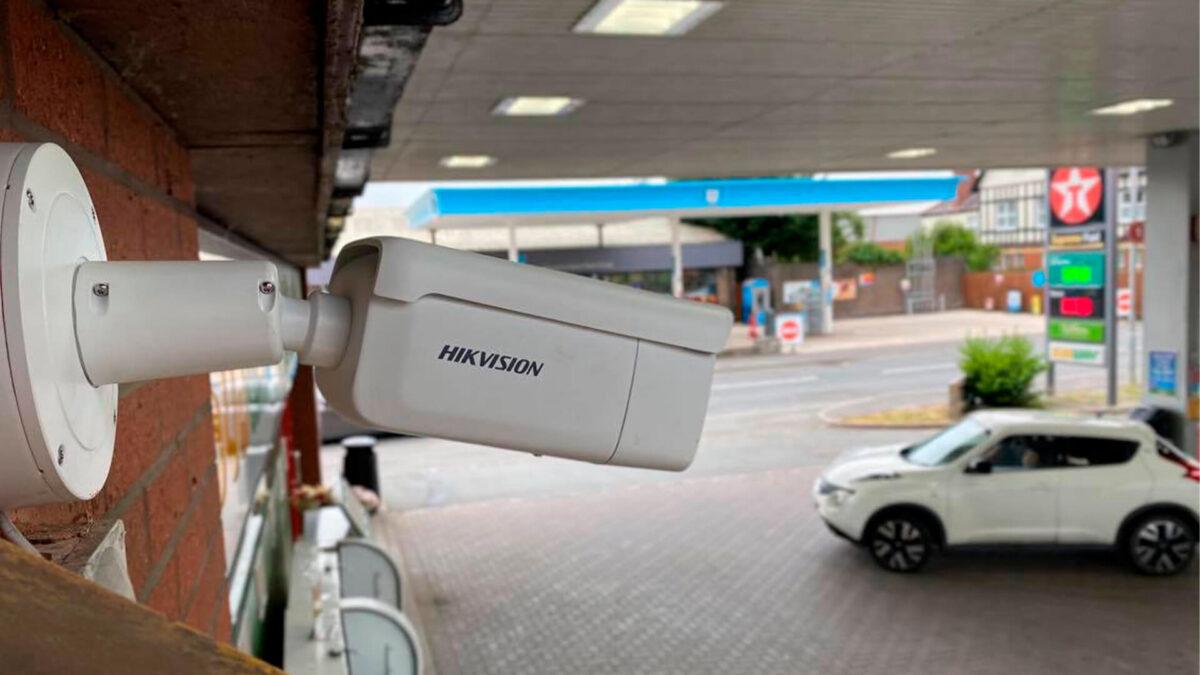Optimizing Efficiency in Industrial Wastewater Treatment Processes

Optimizing efficiency in industrial wastewater treatment processes is crucial for minimizing operational costs, enhancing environmental compliance, and maximizing resource recovery. As industries face increasing regulatory pressures and sustainability goals, adopting strategies to improve the efficiency of wastewater treatment systems becomes essential. This article explores key approaches and technologies for optimizing efficiency in industrial wastewater treatment processes.
1. Process Optimization Strategies
1.1. Process Integration and Automation
Process integration involves combining different treatment technologies to enhance overall system efficiency.
- Integrated Systems: Combining biological treatment with advanced oxidation processes or membrane filtration to achieve comprehensive treatment.
- Automation: Implementing control systems and sensors to automate process adjustments and optimize operational parameters.
Benefits:
- Improved Performance: Ensures seamless integration of various treatment stages.
- Reduced Labor Costs: Minimizes manual intervention and operational errors.
1.2. Real-Time Monitoring and Control
Real-time monitoring systems track operational parameters and wastewater quality in real-time.
- Sensors and Instrumentation: Use of advanced sensors to measure parameters such as pH, dissolved oxygen, and pollutant concentrations.
- Data Analytics: Employing data analytics to interpret sensor data and make process adjustments.
Benefits:
- Enhanced Control: Provides timely information for making process adjustments.
- Early Detection: Identifies issues before they impact treatment efficiency.
2. Advanced Treatment Technologies
2.1. Membrane Technologies
Membrane technologies offer high-efficiency separation of contaminants from wastewater.
- Membrane Bioreactors (MBRs): Combine biological treatment with membrane filtration to produce high-quality effluent.
- Reverse Osmosis (RO): Removes dissolved solids and contaminants through a semi-permeable membrane.
Benefits:
- High-Quality Effluent: Produces treated water suitable for reuse or discharge.
- Compact Design: Reduces the footprint of treatment facilities.
2.2. Advanced Oxidation Processes (AOPs)
Advanced Oxidation Processes (AOPs) use reactive species to degrade complex pollutants.
- Hydroxyl Radicals: Generated through techniques such as ozonation and Fenton’s reagent.
- Photocatalysis: Uses UV light and catalysts to enhance oxidation reactions.
Benefits:
- Effective Degradation: Breaks down recalcitrant and hazardous compounds.
- Reduced Residuals: Converts contaminants into benign by-products.
3. Resource Recovery and Reuse
3.1. Zero Liquid Discharge (ZLD) Systems
Zero Liquid Discharge (ZLD) aims to recover and reuse all water and by-products, eliminating discharge.
- Components: Includes evaporation, crystallization, and advanced filtration technologies.
- Process: Recovers clean water and solid waste from treated wastewater.
Benefits:
- Environmental Compliance: Achieves zero discharge and reduces environmental impact.
- Resource Efficiency: Maximizes recovery of water and materials.
3.2. Energy Recovery
Energy recovery technologies capture and utilize energy from wastewater treatment processes.
- Biogas Production: From anaerobic digestion of organic waste.
- Heat Recovery: From incineration or other thermal processes.
Benefits:
- Cost Savings: Reduces energy costs and reliance on external energy sources.
- Sustainability: Contributes to overall sustainability goals.
4. Enhancing Biological Treatment
4.1. Enhanced Biological Nutrient Removal (EBNR)
Enhanced Biological Nutrient Removal (EBNR) optimizes the removal of nitrogen and phosphorus.
- Processes: Includes nitrification-denitrification and phosphorus accumulation techniques.
- Control: Adjusting operational conditions to enhance nutrient removal efficiency.
Benefits:
- Efficient Nutrient Removal: Reduces nutrient loads in treated water.
- Regulatory Compliance: Meets stringent discharge standards for nutrient levels.
4.2. Optimizing Sludge Management
Sludge management focuses on efficient handling and treatment of biological sludge.
- Thickening and Dewatering: Using technologies such as centrifugation and belt presses to reduce sludge volume.
- Stabilization: Employing processes like aerobic or anaerobic digestion to stabilize sludge.
Benefits:
- Reduced Disposal Costs: Lowers costs associated with sludge disposal.
- Resource Recovery: Produces stabilized sludge that can be used as a soil amendment or energy source.
5. Implementing Best Practices
5.1. Regular Maintenance and Upgrades
Regular maintenance ensures the optimal performance of treatment equipment and processes.
- Scheduled Maintenance: Performing routine checks and preventive maintenance to avoid equipment failures.
- Upgrades: Implementing technological upgrades to improve efficiency and performance.
Benefits:
- Operational Reliability: Reduces the risk of unexpected downtime and process disruptions.
- Extended Equipment Life: Enhances the longevity of treatment equipment.
5.2. Training and Skill Development
Training programs for operators and maintenance personnel enhance their skills and knowledge.
- Technical Training: Providing education on advanced technologies and treatment processes.
- Operational Training: Teaching best practices for daily operations and troubleshooting.
Benefits:
- Improved Performance: Ensures efficient and effective operation of treatment systems.
- Enhanced Safety: Reduces the risk of accidents and operational errors.
Conclusion
Optimizing efficiency in industrial wastewater treatment processes involves a combination of advanced technologies, process improvements, and best practices. By integrating real-time monitoring, adopting advanced treatment technologies, focusing on resource recovery, and implementing effective sludge management, industries can enhance their wastewater treatment efficiency. These strategies not only improve environmental compliance and operational performance but also contribute to sustainability goals and cost savings. Adopting these approaches ensures that industrial wastewater treatment systems are both effective and sustainable in meeting the challenges of modern wastewater management.









